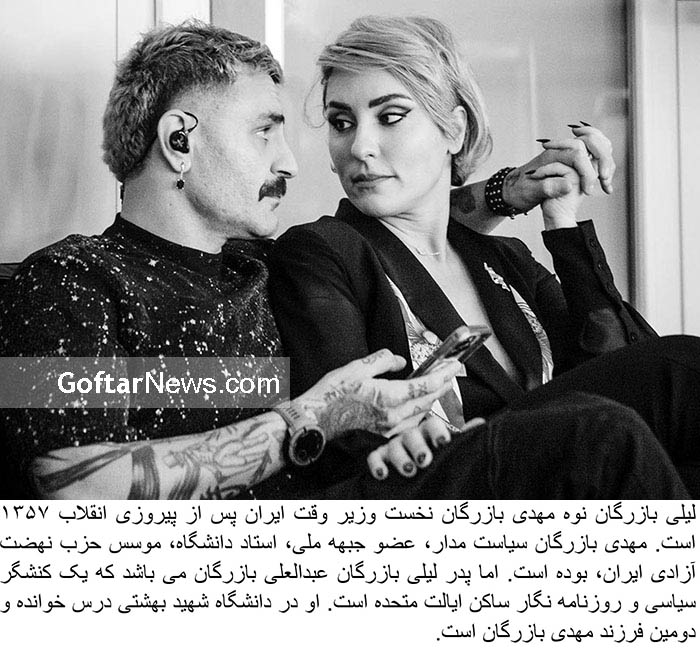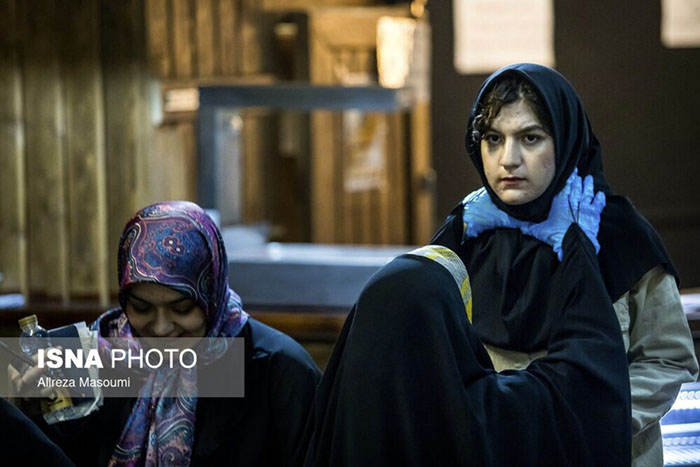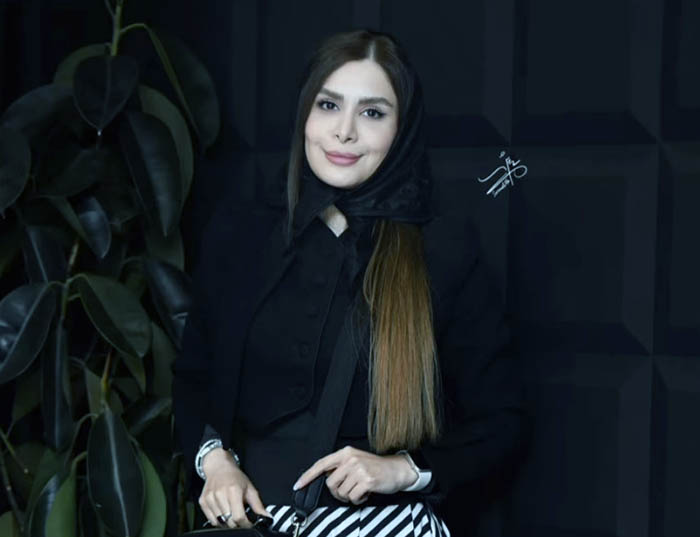Shahin Najafi: Unveiling Love and Activism in Germany – The Journey of a Musician and Activist
Professional Pursuits and Directorial Role: Lili Bazargan’s professional endeavors extend beyond her role as Shahin Najafi’s wife. She is a journalist and photographer with a successful career. Recent information suggests that Lili has also taken on the role of directing Shahin Najafi’s program, showcasing her multifaceted involvement in both media and her husband’s artistic ventures.
Income and Lifestyle: While details about Lili Bazargan’s income remain private, her career as a journalist and photographer likely contributes to her financial stability. Lili’s choice to keep her personal life out of the public eye aligns with her preference for a more private and low-key lifestyle.
Immigration to Germany and Music Career: Facing a ban in Iran due to his perceived offenses against the Islamic faith, Najafi immigrated to Germany. There, he became the head of the Inan music band and later joined the Tapesh 2012 music band. Tapesh 2012 gained attention for its political and social songs, attracting both Persian broadcasters and international media. However, their activities faced criticism from conservative sources in Iran, as documented in a 2008 article in the newspaper Kayhan.
First Studio Album and Separation: In 2008, Najafi released his debut studio album, “Ma mard nistim” (We Are Not Men), marking his official entry into Persian hip-hop music. Despite its success, Najafi eventually separated from Tapesh 2012 in 2009 due to the unauthorized release of a single on Voice of America TV. This incident led to his departure from the group.
Response to 2009 Iranian Presidential Election: Following the 2009 Iranian election protests, Najafi released the single “Neda,” dedicated to the slain activist Neda Agha-Soltan. His second studio album, “Tavahhom” (Illusion), released in 2009, featured songs addressing the political climate and oppression in the aftermath of the presidential election.
Global Collaborations and Solidarity: In an era marked by increasing interconnectedness, Shahin Najafi’s story has facilitated global collaborations and solidarity among artists and activists. Musicians, writers, and creatives from different corners of the world have come together to support Najafi and, by extension, champion the universal right to artistic expression. This collective solidarity transcends borders, fostering a sense of shared responsibility for protecting the freedom of artists everywhere.
Technological Innovations and Artistic Expression: Advancements in technology have further empowered artists like Najafi to navigate the challenges of censorship and political suppression. Online platforms, streaming services, and digital distribution channels have allowed Najafi to reach a global audience, subverting traditional constraints imposed by local authorities. This technological democratization of artistic expression emphasizes the transformative role that digital innovations play in shaping the landscape for musicians and activists.
Cultural Renaissance and Emerging Voices: Najafi’s influence has contributed to a cultural renaissance, especially among emerging voices within Iran and other societies facing similar struggles. Young artists now feel emboldened to address pressing societal issues, using their creative talents to challenge conventions and spark conversations. This burgeoning cultural renaissance reflects a generational shift in attitudes towards authority and a growing desire for social progress.
July 28, 2022 | 9:24 pm




